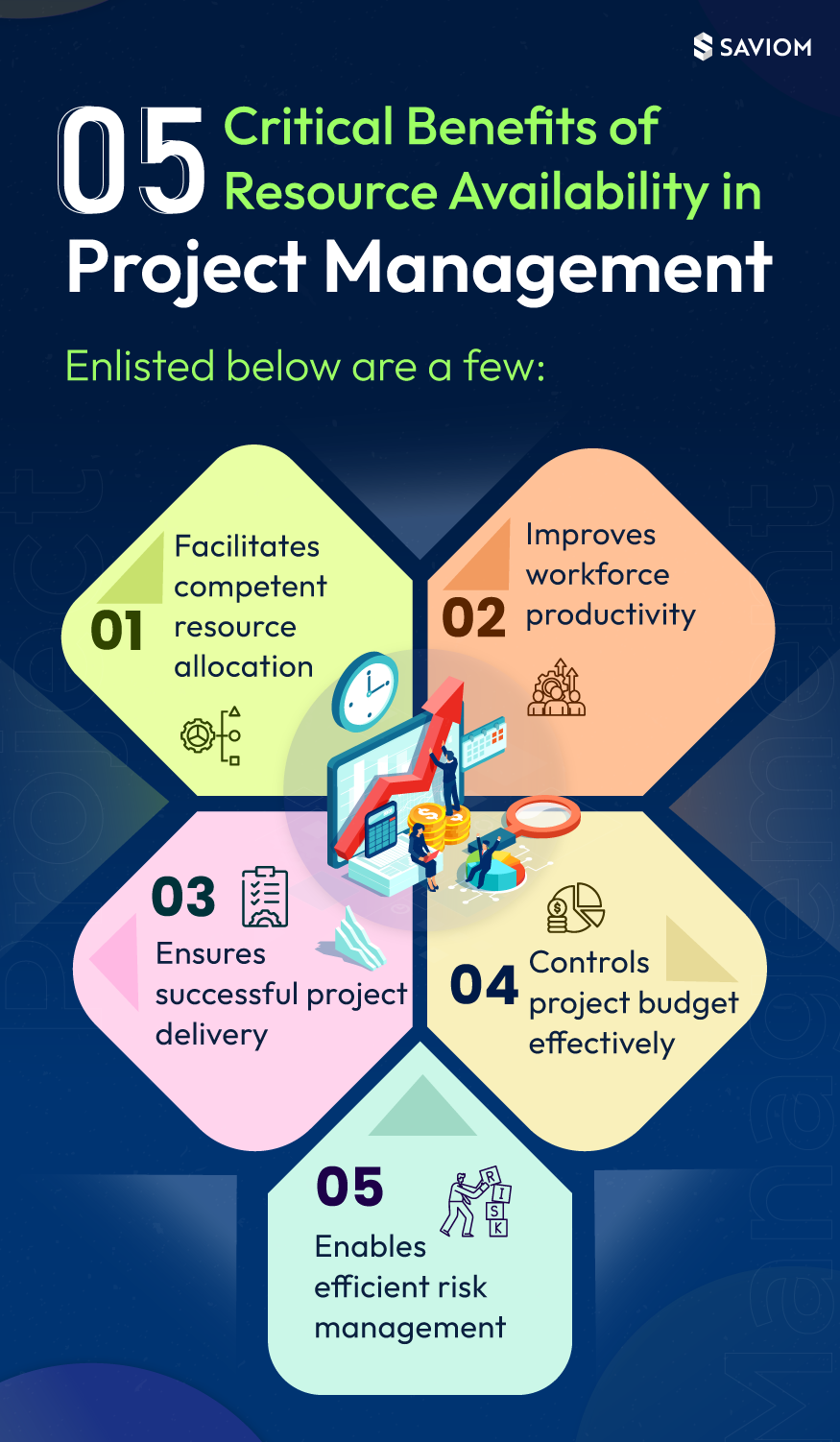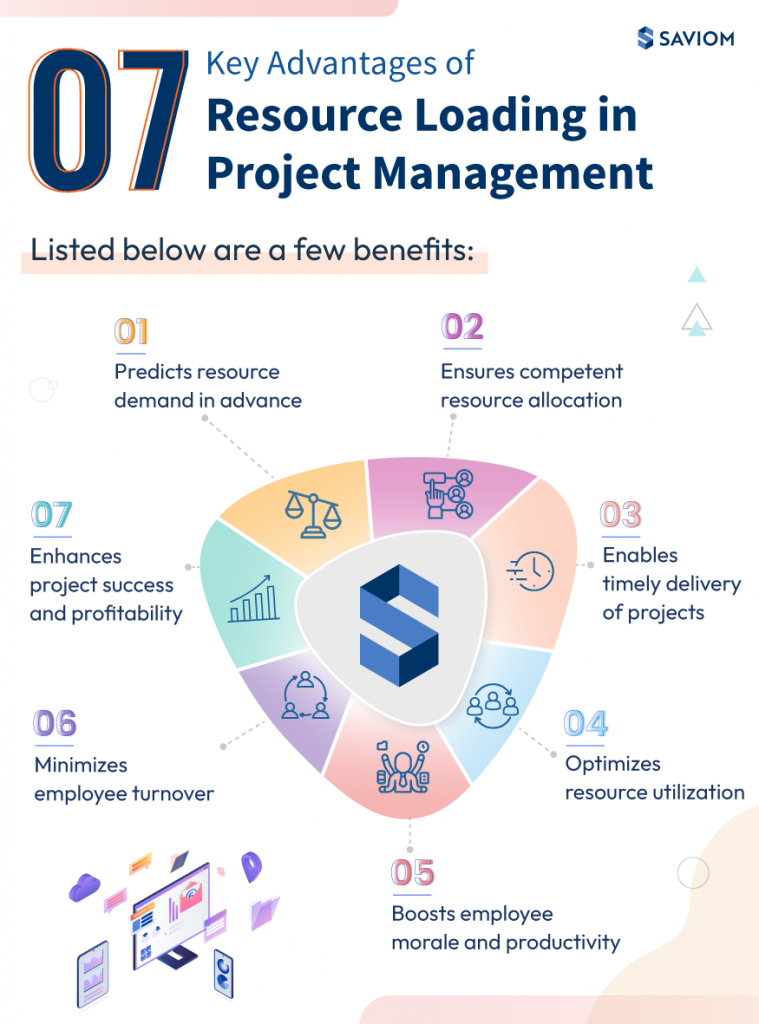Project managers strive to deliver a project successfully within various constraints such as budget, timeline, and resources. These constraints can be controlled efficiently if the scope of the project does not take a detour. Thus, scope management has become one of the crucial elements of a project’s success.
The project scope encapsulates all the tasks, activities, resources, and other factors that are to be involved in the successful execution and delivery of a project.
However, one cannot expect an intact scope from the beginning till the end, especially in an agile environment, where clients or other stakeholders can add changes during the project’s lifecycle. As a result, the project team is expected to complete more tasks or revisit the previously completed work and incorporate the changes, which may sometimes result in scope creep.
In simple terms, scope creep (sometimes known as requirement creep) refers to continuous or uncontrolled changes in a project’s scope after the project begins.
According to PMI, 50% of all projects result in scope creep and it causes a significant delay or budget overrun.
This blog describes what causes scope creep and how you can avoid it from jeopardizing your projects. Let’s start by defining scope creep.
What is scope creep in project management?
Scope creep happens when changes to the user requirements are made without any control procedure like change requests or impact assessment. These changes adversely impact the project plan by affecting the project schedule, budget, costs, resource allocation. Naturally, this will create a cascading effect on the project’s progress and prevent the timely completion of milestones and goals. Therefore, scope creep is considered one of the most common risks in project management.
According to the PMBOK, “scope creep occurs when features and functionality are added to the project scope without considering its impact on time, costs, and resources.”
Example: Impact of scope creep in Project Management
Let’s assume a scenario, a project manager is asked to deliver a software solution to a client within six months. The project scope, budget, and timeline are all clearly defined in the beginning. In agile project management, the scope is demonstrated as user stories, also known as high-level requirements in the product backlog. These user stories are worked upon incrementally in sprints.
So after a few weeks into the execution phase, the project sponsor asks for something outside the scope and expects it to be integrated into the project at no extra cost. Though agile welcomes changes to requirements in each iteration, uncontrolled flexibility can sometimes severely affect the initial project plan, leading to scope creep.
This is where the absolute nightmare begins for project managers. They have to handle exhausted team members scrambling to deal with stakeholders’ volatile requests and scope changes. Besides, adding new features implies extra coding for resources that can stretch their schedules, compel them to work extra hours, and escalate resource costs.
Worse still, the project falls behind schedule and can go over budget. It can also lead to client dissatisfaction and eventually cause loss of business.

The following section highlights various scope-related terminology;
Scope creep vs. scope change vs. scope gap
Scope creep refers to an unauthorized and undefined scope change. Project deadlines and budgets are not appropriately changed which result in client dissatisfaction or even project failure.
Scope change occurs when the client and the project manager officially agree to alter the project’s scope by adding a functionality or a new feature. This is a controlled process which involves modification and adjustments to budgets, schedule, and project resources.
Scope gap happens when there is a mismatch in the project team’s understanding of the scope and the client’s expectations. It’s a common challenge in traditional project management methods where the scope is defined before the project onset, leaving little or no flexibility for later changes.

Now, let’s dive deep to identify the causes of scope creep and identify ways to manage them before they wreak havoc in your projects.
What causes scope creep?
There are numerous reasons why the scope of a project changes. Here’s a rundown of the most common causes for the scope creep in projects.
Poorly defined project scope
As mentioned earlier, the scope defines the roadmap of the project. And if that framework itself is not clearly defined, it will lead to an ill-defined project plan. Furthermore, since the project deliverable is not estimated, it will have a domino effect leading to inaccurate constraints estimation. This will eventually cause scope creep.
Inaccurate resource plan
A well-defined resource plan is the foundation of successful project execution. If there are discrepancies at the initial stages, it can lead to variance in constraints later on. For instance, let’s assume high-cost critical resources are allocated to both specialized and non-specialized tasks. Then, there is a scope change where you require an additional resource, but you utilize the entire resource budget along with the buffer. Thus, any further recruitment will cause a budget overrun, leading to scope creep.
Improper sprint backlog
When new tasks are added to the sprint backlog, it will disturb the entire project plan, hindering ongoing progress. These additional tasks will also incur extra costs and resources. Implementing these changes without a careful assessment will cause derailment in the project constraints, leading to scope creep.

Inappropriate task prioritization
If the task is not prioritized correctly, there will be delays in completing critical tasks, achieving project milestones, etc. It can also negatively impact the sequential workflow of tasks and can derail the project. For instance, if a critical task is not prioritized and is left to be executed towards the end, all the other interdependent tasks will suffer. It will also cause delays in meeting deadlines and, at the same time, lead to scope creep.
Lack of standardization of project management practices
Another factor that may cause scope creep is the lack of a centralized process. When the protocols are not standardized, the project’s course will become chaotic and derail it off the tracks. For instance, if the project methodology practices are not meticulously followed, managers cannot track the project metrics and constraints, which will enhance the likelihood of scope creep.
The communication gap between project stakeholders
Another scope creep cause is the internal miscommunication, and disagreements between the stakeholders, managers, etc. For instance, if a client asks for ad hoc changes in an ongoing project but the project manager has misinterpreted the change request. In this case, the project output will differ due to misunderstanding and communication gaps between the two. Again, this will lead to scope creep.
Lack of uniformity in the client’s requirements
As the project unfolds, the clients ask to integrate additional features time and again. This inconsistency in requirements is likely to push projects out of the initial project plan. Thus, taking the project beyond its scope creates significant confusion among project teams, cause budget overruns, timeline delays, giving rise to scope creep.

While these issues are challenging to avoid, there are several steps you can take to ensure that you are in a position to manage the scope creep and minimize its effects.
How to manage scope creep in projects?
Sudden changes in the project aren’t necessarily bad; they just need to be handled in a controlled way. Failing to do so will lead to scope creep and ultimately bring the project to a halt. Thus, managers must implement the right measures to manage the scope creep before it leads to project failure.
Here are some ways to achieve this:
Set a scope management plan at the beginning
In this step, the scope management plan is documented to provide guidance for the project. The plan outlines the tracking system, approval levels, how a project will be executed, and provide room for changes. Ideally, the Project Charter and Project Management Plan are used as a reference to create the Scope Management Plan. This plan sets guidelines for managers to help them cope with the changes without deviating from the constraints.
Address project scope creep if requirements are not clear
The most important thing to avoid scope creep is to address deviation in project scope well in advance. It will help managers convey the effects of changing requirements on the project constraints to the stakeholders and clients. That way, managers can either ask for a buffer time or inform them about the additional requirements related to resources or project costs.
Reassess resource and project plan as appropriate
Project managers are often seen juggling multiple project requirements from clients. As a result, sometimes, they fail to notice shifts in project scope. Therefore, they must revisit their initial project and resource plan on time to check for any disparity or inconsistency. They can also cross-reference the project and resource schedule against the baseline scope to ensure they have not overlooked any critical aspect. Accordingly, they can update the tasks, activities, and milestones.
Raise a flag to clients and stakeholders early
Having all stakeholders and decision-makers on the same page right from the planning stage of the project helps in managing scope creep effectively. Project managers must regularly connect with clients, investors, or project sponsors and share real-time project status updates. For instance, managers can raise red flags if they notice any deviation in forecast vs. actual costs. They can also compare actual work performance measurements with the baseline scope using variance analysis. It will help them understand how different the current project is from the original plan and take corrective measures ahead of the curve.
Develop a communication plan to convey scope creep
Internal and external communication is vital for successful project management. Therefore, project managers must develop a strategic communication plan to collaborate with stakeholders and team members for efficient project scope management.
Constant internal communication with the team members helps project managers convey the scope creep, exchange feedback, and brainstorm to get projects back on track. The same goes for external communication with stakeholders. It will help managers negotiate changes on a project, persuade stakeholders to minimize scope creep, extend deadlines, justify missed milestones, or provide feedback.
Actively discuss scope creep issues with CCB
The project scope documentation at the initiation stage is simply a starting point. What happens if a customer requests a modification in the midst of the development process?
For that, you’ll need a change management strategy, which outlines the steps that must be taken when the stakeholders initiate a change request. Thus, the onus lies on the change control board to review suggestions by clients. These ad hoc changes are first examined based on their impact on the project delivery, and if approved, it is incorporated into the project plan. Project managers should also promptly discuss scope creep issues with the change control board in order to effectively manage scope changes and get projects back on track.
Use tools to check project scope shift
Project management does not reach its efficiency peak without advanced software and tools. Several project resource management tools can be easily integrated into your existing agile project management system and significantly enhance your team’s performance. In addition, it will give you real-time project status reports, determine the cause, degree of the changes found, and early warning to manage the scope creep in projects ahead of the curve.
Conclusion
In a nutshell, changes are inevitable in any project as client needs continuously evolve. Therefore, project managers must always keep an eye out for scope creep during the execution stage. It is said that a good project manager can sense scope creep and a better project manager develops an action plan to accept or deny the scope creep. However, what differentiates an exceptional project manager is their ability to follow the techniques mentioned above and manage the scope creep head-on.
What strategies do you follow to combat scope creep in your projects?
The Glossary
The SAVIOM Solution
SAVIOM is the market leader in offering the most powerful and configurable solutions for managing enterprise resources efficiently and effectively. Having more than 20 years of experience, this Australian-based MNC has a global presence in over 50 countries. It is also popular with more than 100 customers and helping them to achieve their business goals. SAVIOM also has products for project portfolio management, professional service automation, and workforce planning software which can be easily customized as per business requirements.













